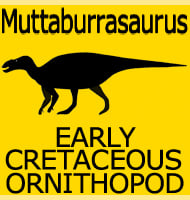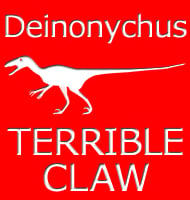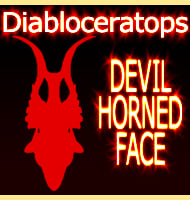Breviceratops
In Depth Originally named as a species of Protoceratops, P. kozlowskii, Breviceratops was established as a distinct genus of ceratopsian dinosaur in 1990. There has been much speculation that Breviceratops may actually be synonymous with the genus Bagaceratops, though some researchers have pointed out notable differences between the holotype of Breviceratops and the known specimens … Read more



